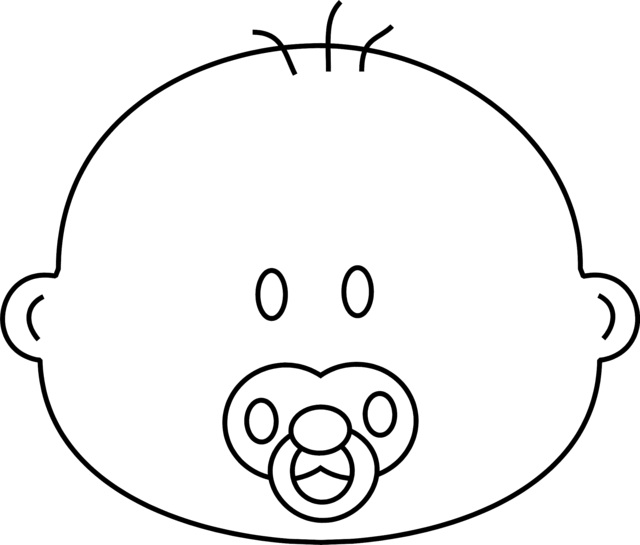Biliary Atresia
Biliary atresia is a childhood disease of the liver in which one or more bile ducts are abnormally narrow, blocked, or absent. It can becongenital or acquired. As a birth defect in newborn infants, it has an incidence of one in 10,000–15,000 live births in the United States, and a prevalence of one in 16,700 in the British Isles. Biliary atresia is most common in East Asia, with a frequency of one in 5,000.
The causes of biliary atresia are not well understood. Congenital biliary atresia has been associated with certain genes, while acquired biliary atresia is thought to be a result of an autoimmune inflammatory response, possibly due to a viral infection of the liver soon after birth. The only effective treatments are surgeries such as the Kasai procedure and liver transplantation.
What are symptoms of bA?
Symptoms of biliary atresia usually appear between two and six weeks after birth. The baby will appear jaundiced, with yellowing of the skin and whites of the eyes. The liver may harden and the abdomen may become swollen. Stools appear pale grey and the urine may appear dark. Some babies may develop intense itching.
How is BA diagnosed?
Since other conditions lead to symptoms similar to those of Biliary Atresia doctors must perform many tests before a conclusive diagnosis can be made. These tests may include blood and liver tests, an ultrasound exam, X-rays and a liver biopsy.
If you suspect your child has BA call your pediatrician immediately - you also could as them for lab work to test their direct vs. indirect bilirubin levels.
How do you Cure BA?
Unfortunately, there is no cure for biliary atresia. The only treatment is a surgical procedure in which the blocked bile ducts outside the liver are replaced with a length of the baby’s own intestine, which acts as a new duct. This surgery is called the Kasai procedure after Dr. Morio Kasai, the Japanese surgeon who developed it.
The aim of the Kasai procedure is to allow drainage of bile from the liver into the intestine through the new duct. The operation is completely or partially successful about 80 percent of the time if performed early (before 3 months of age). In babies who respond well, jaundice and other symptoms usually disappear after several weeks.
In cases where the Kasai procedure does not work, the problem often lies in the fact that blocked bile ducts are “intrahepatic,” or inside the liver, as well as extrahepatic, or outside the liver. No procedure, except for liver transplant, has been developed to replace blocked intrahepatic ducts.
The Kasai procedure is most successful in babies younger than 3-months-old, so early diagnosis is important.
If the Kasai procedure is not successful, the only other option is a liver transplant. However, a suitable donor organ must be found quickly, before damage to the liver from the backed-up bile becomes deadly.





